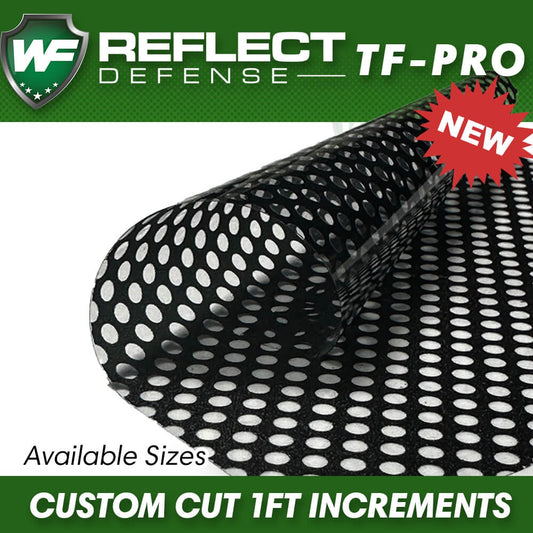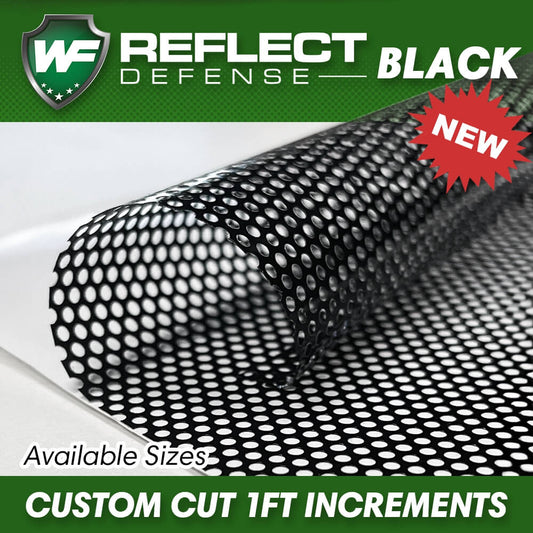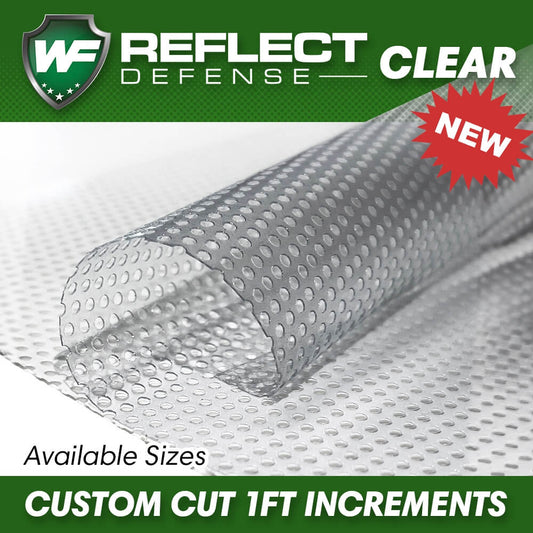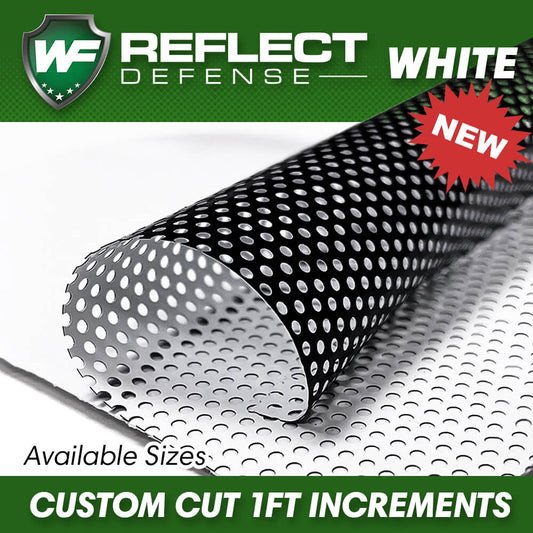Why do windows cause artificial turf to melt?
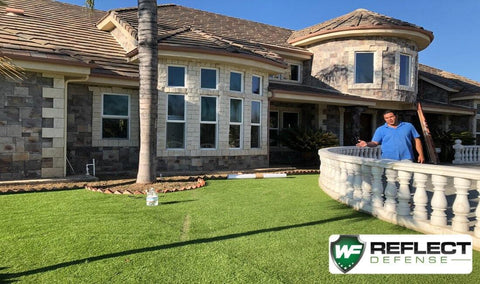
Windows can cause artificial turf to melt because they act as a magnifying glass, concentrating the sun's rays and directing them onto a small area of the turf. This can create a localized hot spot that can quickly exceed the melting point of the synthetic fibers, causing them to melt and lose their shape. The angle and position of the window in relation to the turf can also affect the intensity of the focused light, which can further increase the risk of melting.
To prevent melting of artificial turf caused by windows, it is recommended to install window screens or awnings to reduce the amount of direct sunlight that hits the turf. Another solution is to plant trees or shrubs around the perimeter of the turf area to provide natural shade and reduce the amount of direct sunlight that reaches the turf. Additionally, it is important to avoid placing hot objects such as grills or fire pits near the turf, as these can also cause melting.
Why do windows cause vinyl siding to melt?
Vinyl siding is made of PVC (polyvinyl chloride) which has a relatively low melting point of around 165-175 degrees Fahrenheit (74-79 degrees Celsius). When sunlight reflects off the surface of nearby windows, the concentrated heat energy can raise the temperature of the vinyl siding beyond its melting point, causing it to warp or melt.
This phenomenon is known as solar heat gain, and it is more likely to occur on the southern and western sides of a building where the sun's rays are most intense. This is why you may notice vinyl siding melting or warping in these areas but not on the northern or eastern sides of the building.
To prevent vinyl siding from melting due to solar heat gain, homeowners can install shade trees, awnings, or window films to block or reduce the amount of sunlight that hits the siding. Additionally, some manufacturers offer vinyl siding with a higher melting point, which may be a better option in areas with intense sunlight.
Best ways to stop Artificial Turf and Vinyl Siding from melting?
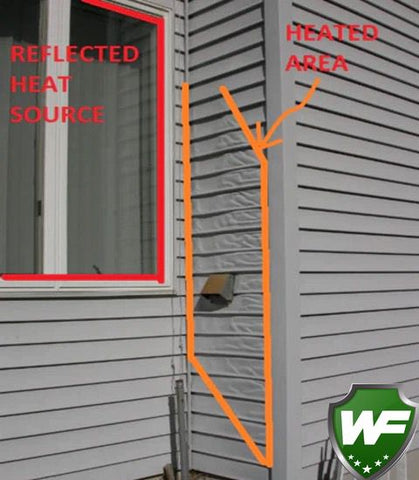
There are a few strategies you can try to reduce the heat coming off your windows and prevent damage to your turf and siding:
-
Install Anti-reflective window film: This type of film doesn't reflect sunlight from your windows, reducing the amount of heat that enters your home and is radiated back out. It can be an effective way to reduce heat gain and protect your home's exterior. This can guard your turf, siding, and patio furniture from melting. (Shop our Collection)
-
Use window shades or blinds: Window coverings can be an effective way to block sunlight and reduce heat gain. You can choose from a variety of options, including shades, blinds, and curtains, to find the best fit for your home.
-
Plant trees or install awnings: Another way to reduce heat gain is to shade your windows from the outside. Planting trees or installing awnings can provide a natural barrier that blocks sunlight and reduces heat.
-
downgrade your windows: If your windows are new or low E Highly efficient, downgrading to older, less energy-efficient models can help reduce heat reflected and reduce the overall energy reflected back to your turf, vinyl siding, or patio furniture.
-
Install ventilation fans: If you have an attic or crawlspace, installing ventilation fans can help reduce heat buildup in these areas, which can in turn reduce the amount of heat that radiates through your windows.
It's important to note that different strategies may be more effective depending on your climate, the orientation of your home, and other factors. Consulting with a professional in your area can help you find the best solution for your specific situation.


